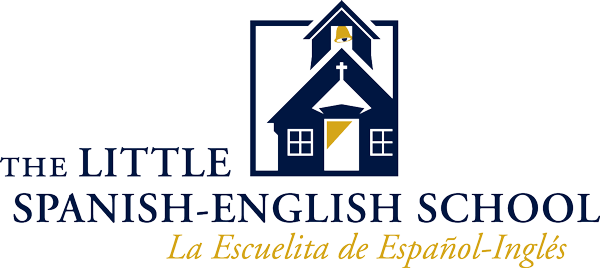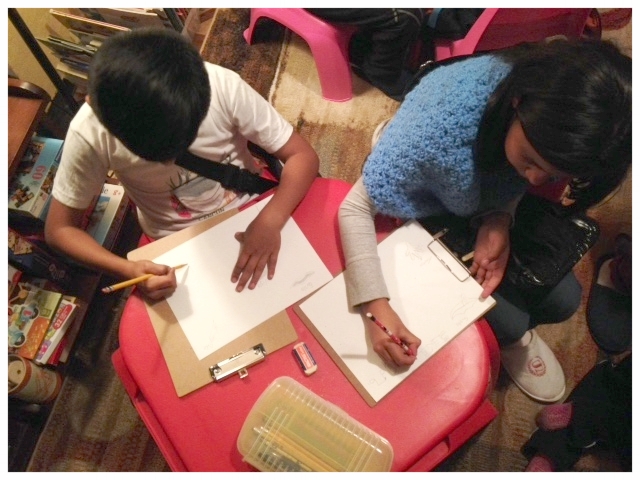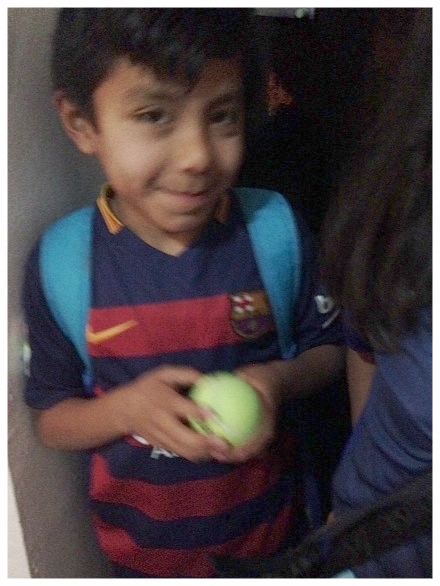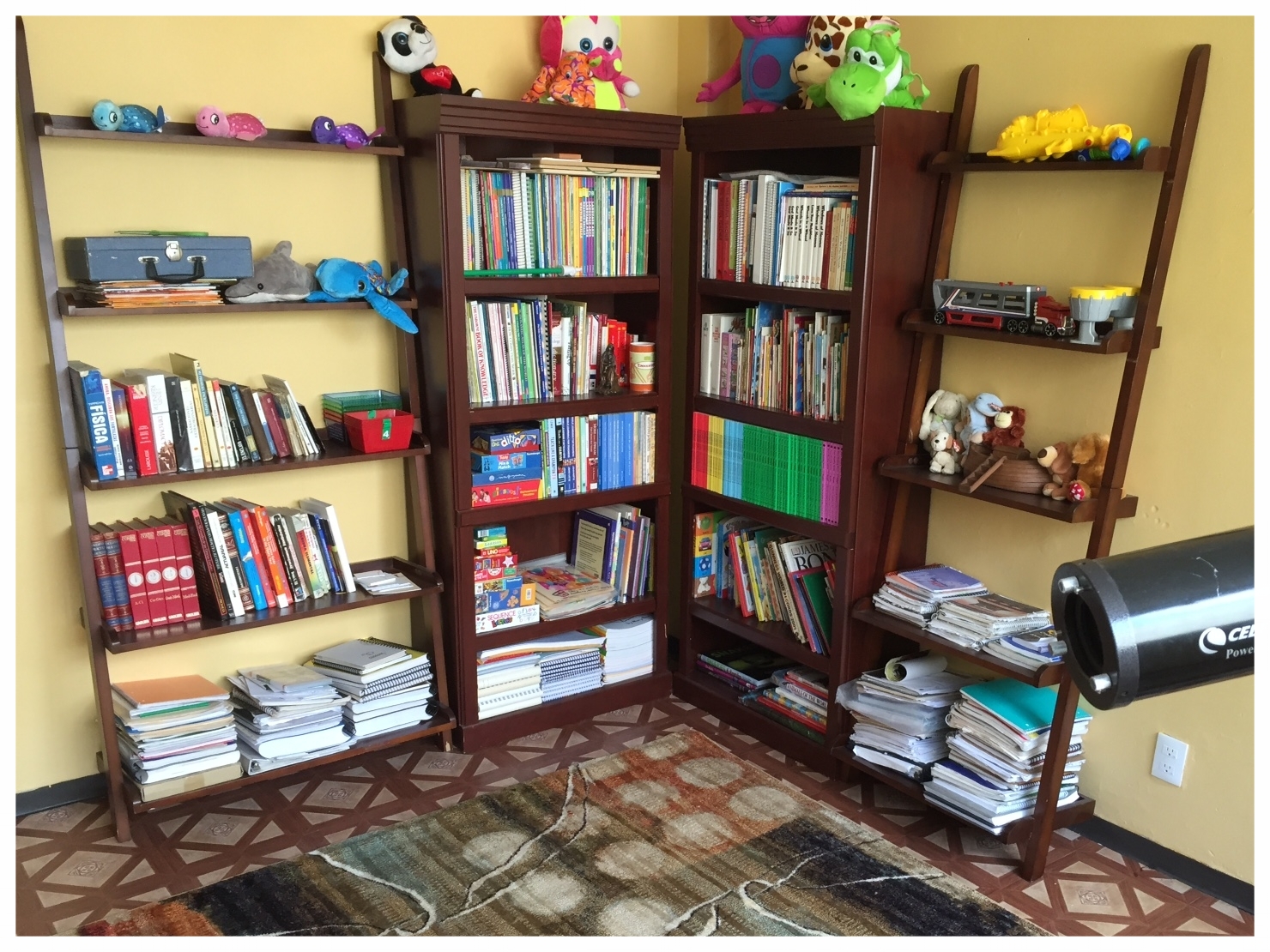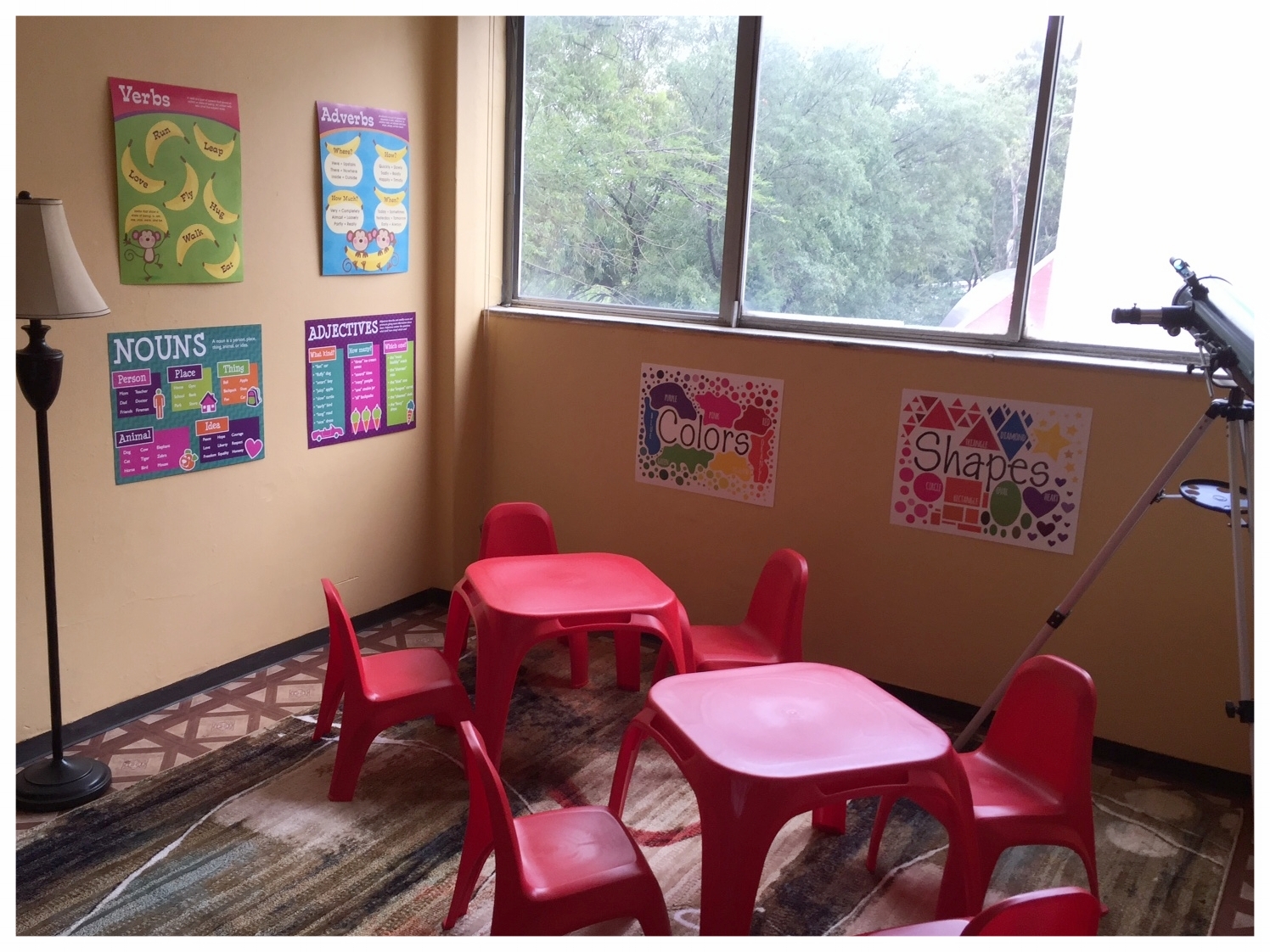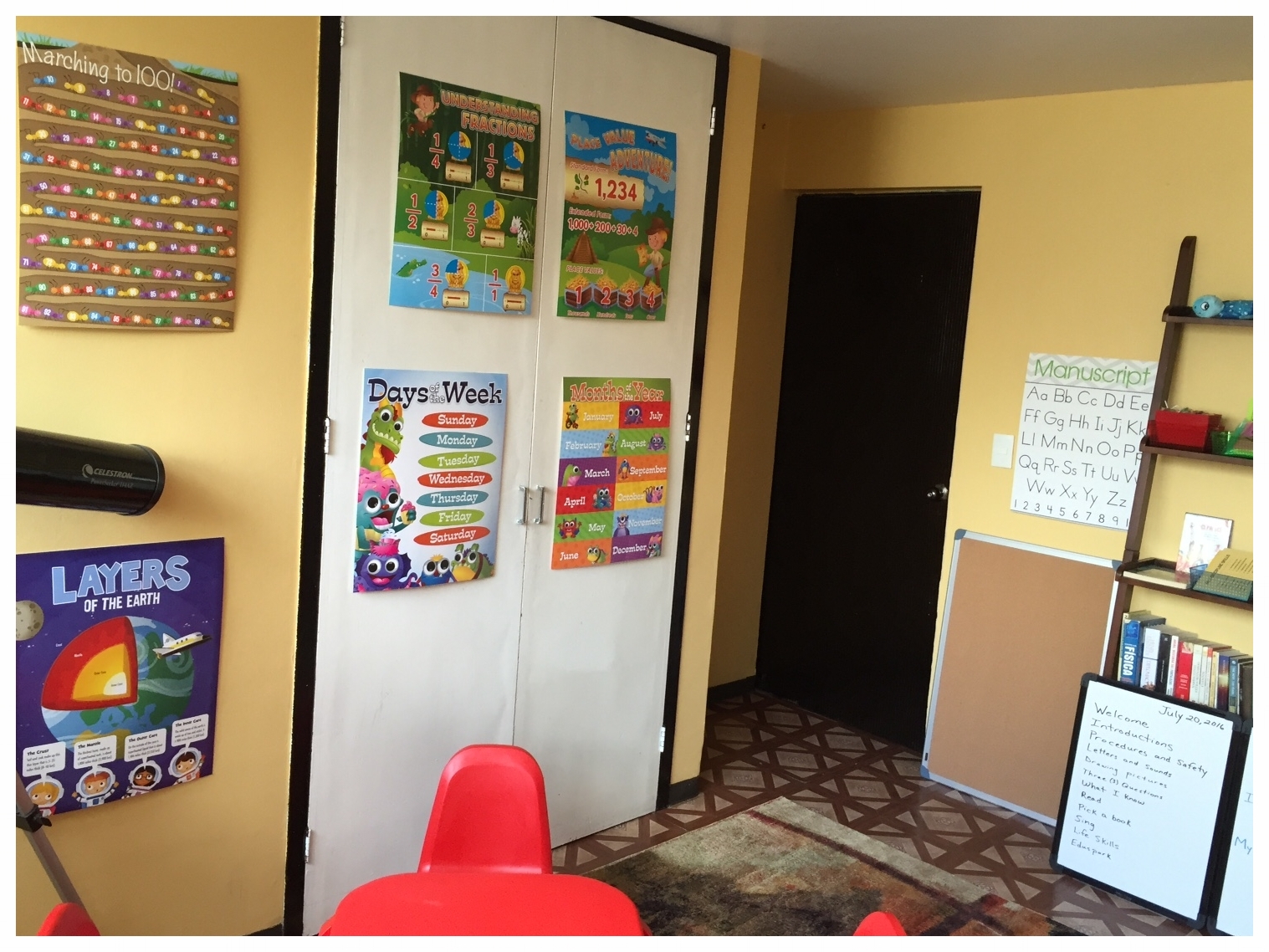Educational Method
The Little Spanish-English School is based on an educational model that fosters collaboration between public, private and Catholic educational institutions as a means of bridging deep-seated and enduring obstacles to educational reform. It seeks to address the desperate shortage of excellent teachers in certain countries through first class professional development programs and teacher training.
MÉTODO EDUCATIVO
La Escuelita Español-Inglés se basa en un nuevo modelo educativo que hace hincapié en la colaboración con las instituciones educativas públicas, privadas y católicas. Así mismo, se pretende hacer frente a la escasez desesperada de maestros de excelencia en estos tres países a través de programas de desarrollo profesional de primera clase, formando y capacitando a los profesores constantemente.
Priorities
Provide educational opportunities for the most underserved of Mexico and Latin America.
Expand the opportunity of education for all citizens through a new collaborative model
Collaborate between public, private and Catholic schools in Mexico, Latin America and in the USA
Educate the whole child
Subsidize tuition with the opportunity to pay even lower tuition through performance incentives (taking ownership of your education)
Motivate students of the opportunity to learn
Create a longer school day and year (10% -15% more time in school)
Involve parents / stakeholders in their education and by listening to and incorporating their ideas
Design classes by ability/skill level and not age (smaller class sizes)
Invite volunteers to be part of this opportunity
Lead with a mission of social justice and community service
Educate students bilingually
Expand by adding a new academic grade annually starting with Pre-K / Kindergarten
Align curriculum to State and National Standards
Provide exceptional professional development (collaborative Team Trios internally and with other school and organizations externally)
Create 21st Century Curriculum
Partner with other schools and organizations
Emphasize participatory, exploratory (with heavy focus on questions) and student centered education
Invite parents to join for part of the school day and become part of their children’s education (lifelong learning)
Set goals and understand what students and parents want to achieve
Create a working relationship between the schools and retired people to share wisdom
PRIORIDADES
Proveer oportunidades de educación para a los más desatendidos de México y Latinoamérica.
Expandir la oportunidad de la educación para todos los ciudadanos a través de un nuevo modelo de colaboración
Colaborar entre las escuelas públicas, privadas y católicas en México, Latinoamérica y en los EE.UU.
Educar en todas las áreas posibles al estudiante
Subvencionar la colegiatura con el fin de disminuirla a través de un sistema de incentivos
Motivar a los estudiantes de la oportunidad de aprender
Crear un día escolar y un año más largo (10% -15% más tiempo en la escuela)
Involucrar a los padres / los interesados en su educación y escuchar e incorporar sus ideas
Diseñar clases por capacidad / nivel de habilidad y no la edad (clases más pequeñas)
Invitar a voluntarios para ser parte de esta oportunidad
Conducir con una misión de justicia social y de servicio a la comunidad
Educar a los estudiantes en forma bilingüe
Expandir un grado académico en la escuela anualmente
Alinear el currículo con los estándares estatales y nacionales
Proporcionar capacitación profesional excepcional (Equipo de ternas de maestros tanto interna como externamente con otras organizaciones escolares)
Crear una currícula de plan de estudios del siglo XXI
Asociarse con otras escuelas y organizaciones
Destacar la participación, la educación exploratoria (con fuerte enfoque en las preguntas) y la educación centrada en el estudiante
Invitar a los padres a unirse a una parte de la jornada escolar y formar parte de la educación de sus hijos (aprendizaje permanente)
Establecer metas y saben lo que los estudiantes y los padres quieren lograr
Crear una relación de trabajo entre las escuelas y las personas de la tercera edad para compartir la sabiduría
